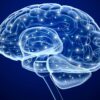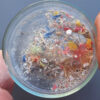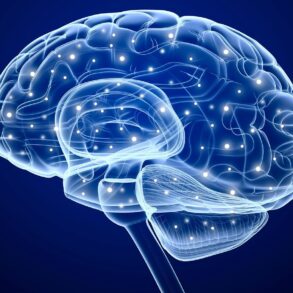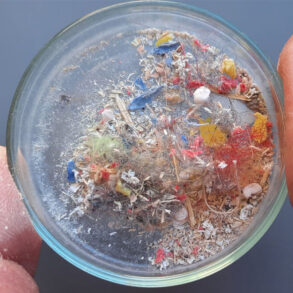The entity the Israeli scientists have grown is very similar to an early human embryo. But unlike a real human embryo, no sperm, egg or uterus was used to create it. It was made using only stem cells.
The team from the Weizmann Institute of Science in Rechovot, Israel, where the research was carried out, say their model embryo looks like a textbook example of a real 14-day-old human embryo – just before it begins to form the foundations for the body’s organs. The model even released hormones during research that showed a positive pregnancy test in the lab.
The goal of all this research is to better understand the earliest moments of life, which are still very understudied. Observing an embryo is normally not only technically but also ethically very complicated.
“It’s an imaginary black box, our knowledge is very limited,” Professor Jacob Hanna, project leader at the Weizmann Institute, told BBC News.
Growing a synthetic germ
Instead of sperm and egg, the material used to create the embryo was stem cells derived from so-called somatic adult human cells. These were reprogrammed to have the potential to become any type of tissue in the body.
These stem cells were further transformed using chemicals into the four cell types found in the earliest stages of the human embryo. These are:
- Epiblast cells, which become the embryo (or fetus) itself;
- trophoblast cells, which become the placenta;
- hypoblast cells, which become the supportive yolk sac;
- extraembryonic mesodermal cells.
A total of 120 of these cells were then mixed in exact proportions to produce a model of the human embryo that is indistinguishable from the real thing.
Artificial embryo as the future of reproduction
Commenting on the Israeli success, Magdalena Źernicka-Goetz, professor of development and stem cells at the University of Cambridge in the UK, noted that the study joins six other similar human embryo models published this year by teams from around the world, including her lab.
“None of these models fully replicate the natural development of the human embryo, but each contributes to the ways in which many aspects of its development can now be studied experimentally,” Źernicka-Goetz explained.
The studies raise many ethical questions about the possibility of potential future manipulation in human embryo development.
“I don’t think we could ever really create a true identical embryo. The environment of the human womb is really the most natural and irreplaceable environment,” the professor said.
However, team leader in Israel Jacob Hanna said their work could open the door to new avenues of exploration. It could make it easier to test the effect of drugs in pregnancy, for example, or to better understand miscarriages and genetic diseases. It even opens up the possibility of growing transplanted tissue and organs.
The latest research on the embryo model was published in the scientific journal Nature on Wednesday 6 September.








